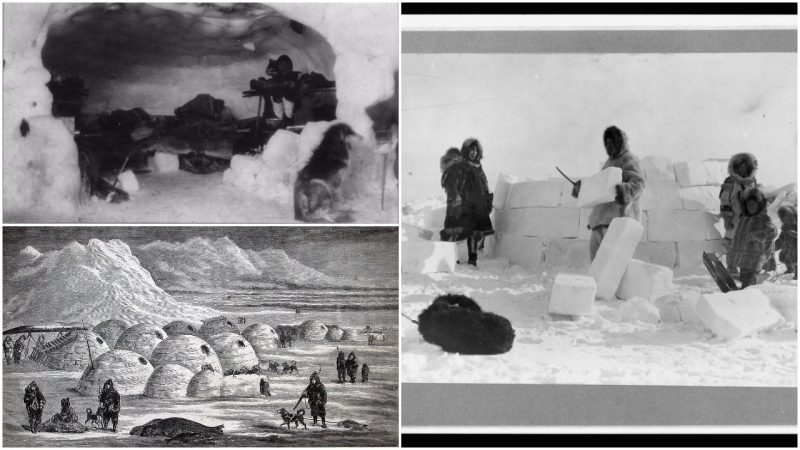Have you ever instantly associated severely cold weather with the Inuit peoples, and living life in an igloo? When a harsh winter comes around, it’s more than probable you have thought about it.
Throughout many centuries, the indigenous Inuit people have developed spectacular ways and methods of how to handle the cold and make living in arctic temperatures possible. The igloo, also called “iglu” in Inuit language, is typically built when snow can be easily compacted, therefore making a cozy shelter. Some Inuit people constructed their homes from whalebone and hides and only used snow to isolate the hut. They used the snow as thermal insulation which allowed them to trap air pockets inside the huts. Whilst temperatures outside may be as low as −50 °C, the igloo would keep the Inuit warm with temperatures inside up to 15 °C once warmed solely by body heat.
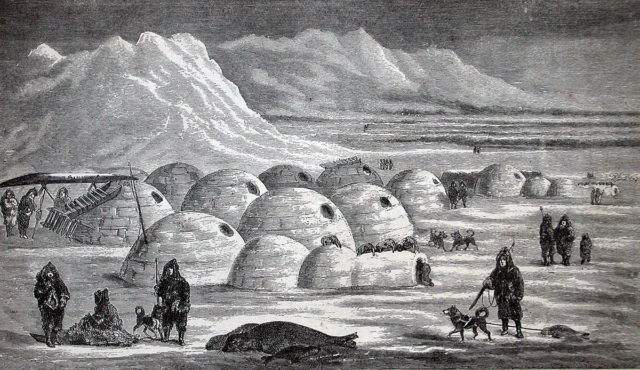
Stereotypically, igloos are associated with all Inuit, but traditionally they were associated only with the people of Canada’s Central Arctic and Greenland’s Thule area. To provide more accurate geographical coordinates of the Thule area: it is one of the northernmost inhabited areas on the whole planet; the main town is Qaanaaqand, and it is situated in northwestern Greenland. The town population numbers not more than 700 people who speak Kalaallisut (Greenlandic), Danish and also the Inkutan language.
In the Inuit language, the word for “iglu” refers to a house or home made of any material. Their word is not restricted only to snow-house, which are specifically called “igluvijaq”, but references also relate to traditional tents; sod houses, the successor to log cabins in Canada and across the States; homes built from driftwood; and as well, modern buildings.
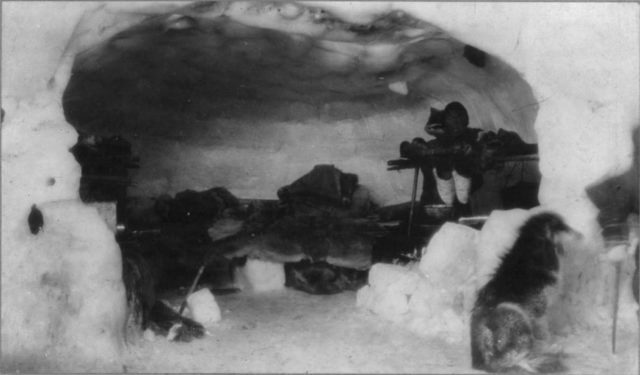
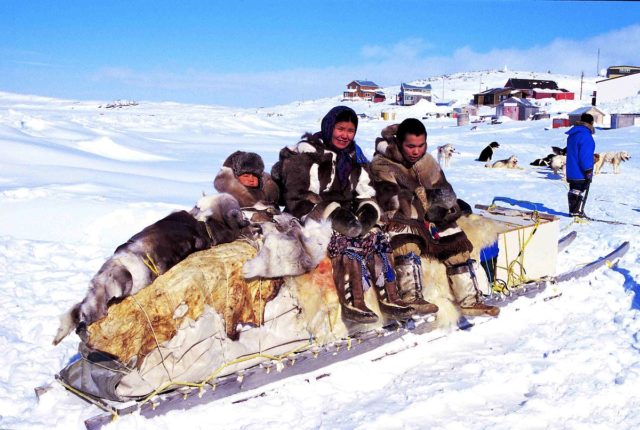
In fact, there are several dialects throughout the Canadian Arctic that suggest “iglu” is used for all these types of buildings, including the snow-houses.
The only exception to this usage would be in the Igloolik region, wherein “iglu” is used for other buildings, and “igluvijaq” (written in the exotic Inuktitut syllabics, ᐃᒡᓗᕕᔭᖅ) is specifically for a snow-house. This concludes then that it is only outside of Inuit culture that “igloo” refers exclusively to snow-houses.
The design of snow igloos is a science in itself and it takes special engineering skills to construct one. They were first introduced by the Central Inuit. Architecturally speaking, the igloo is unique as it is raised out of distinct blocks leaning on each other and polished to fit, without any supporting structure during construction.
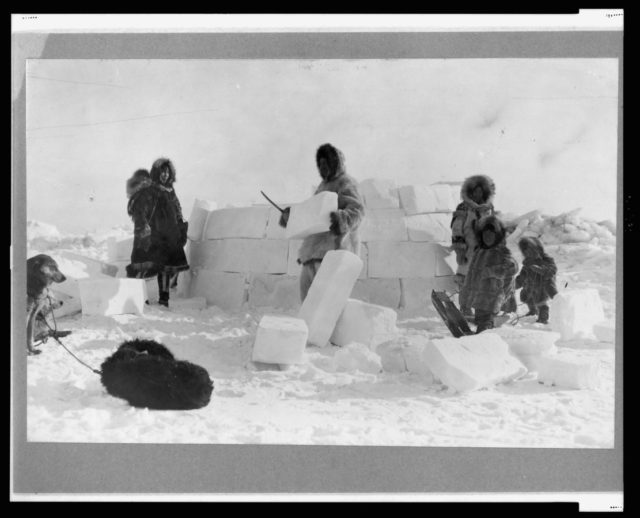
The best snow to use for an igloo is that which has been blown about by the wind as it can serve to compact and interlock the blocks.
A well-built igloo can support the weight of a person standing on the roof. It took centuries for the Inuits to perfect their design.
